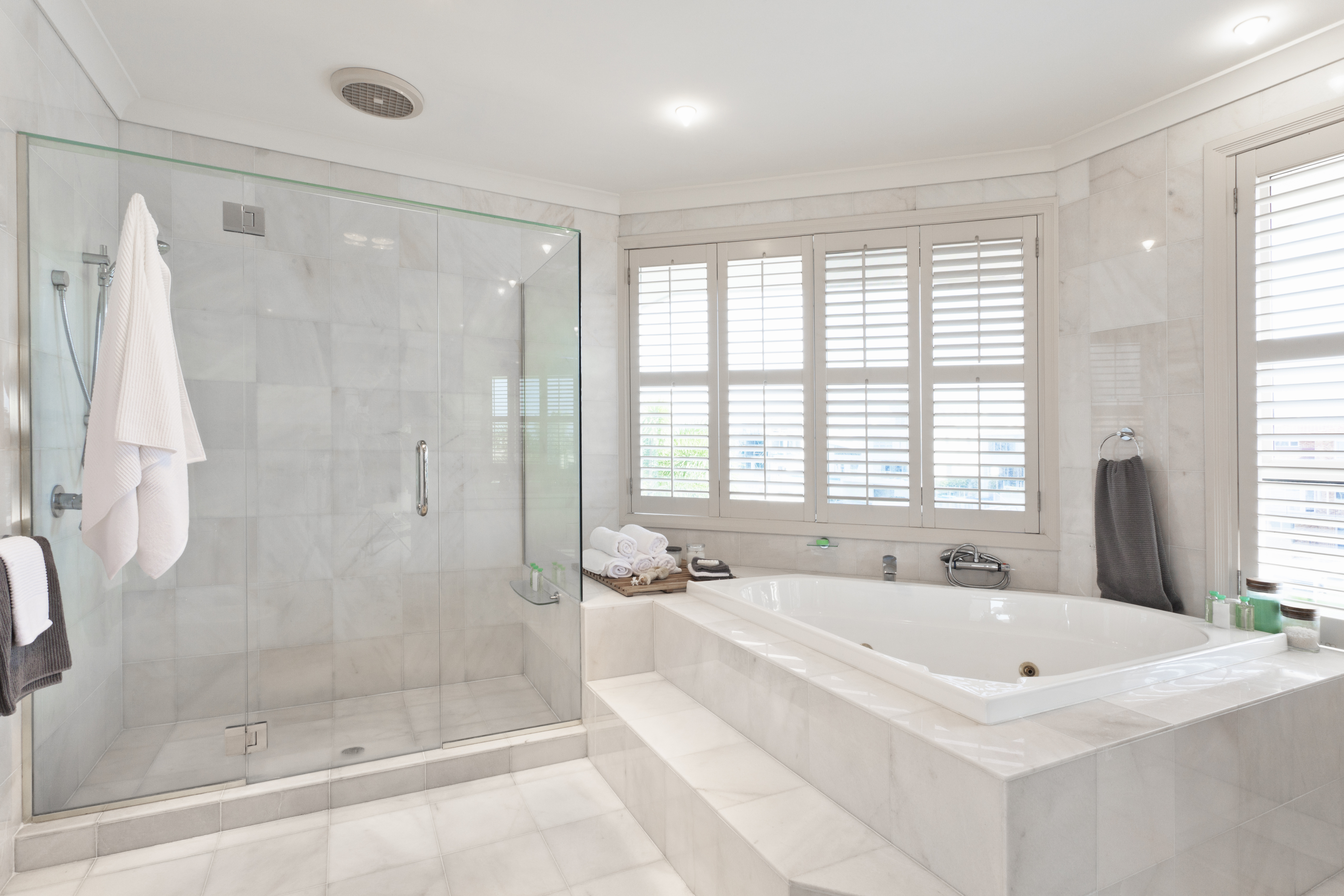By Svenja Gernoth
Damp spaces can be unhealthy, encourage mould and mite growth and can turn out to be very costly to remedy.
Some useful tips to help ensure damp-free living spaces:
“Excess humidity is a common problem especially in towns and cities along the coast,” explains Ralph Road of CFW Industries. “Moisture penetrates homes and condenses onto cold surfaces such as ceilings and walls when the temperature drops overnight”. He continues by saying that a substantial amount of moisture is generated from showers, baths, cooking and indoor swimming pools. This becomes a problem when the water vapour condenses on cold walls causing black marks to appear.
It is essential to treat any existing mould first before further preventative measures. Wash mould off with a fungicidal wash following the manufacturers’ instructions. Bleach can also be used but may damage surfaces. Do not brush or vacuum mildew as it will disturb the spores. Always ensure that clean clothes are dried properly should they come into contact with damp (e.g. in a cupboard), and shampoo damp-affected carpets.
If there is no fresh air circulating, the air in the house will become saturated and will condense on the nearest cold surface. To allow air to circulate, you should consider fitting an extractor fan in bathrooms and kitchens, opening windows and keeping the bathroom door shut to prevent moist air circulating to the rest of the house.
Various industry specialists note that one can reduce moisture in the home by simply changing one’s lifestyle. Keeping lids on pans when cooking, drying clothes outside, running the cold water for a bath before the hot water and not using bottled gas room heaters, all lessen your chances of mould forming in the home. Dehumidifiers are also commonly placed in various rooms to eliminate damp and create a healthy humidity in the air.









